It was a crime that shocked Dundee; a retired antiques dealer, bound, beaten and robbed in his home by a ruthless gang of burglars.
A chain of events that would ultimately lead to widower Leonard Pollington’s death.
Three decades on, the brutal facts of the case still have the power to shock.
Mr Pollington sold his Perth Road shop in September 1991 and decided to retire after being robbed several times.
The 73-year-old had been an antiques dealer for more than 40 years and was known to have carried large amounts of money with him.
Mr Pollington suffered from heart disease, high blood pressure and leukaemia.
He had a fear of being robbed in his antique-filled home and did not go out except to visit his son and circle of friends.
He barricaded himself behind doors with several locks in his flat in Seafield Road and would not open the door to anyone unless he knew the caller’s identity.
Timeline to tragedy
Mr Pollington’s worst fears were realised on the morning of August 8 1992.
A car that was strange to the area pulled up and parked in Seafield Road near the junction with Bellfield Avenue at 8am.
Three men were inside.
One of the gang initially knocked on the door, pretending to be a postman with a recorded delivery parcel that required Mr Pollington’s signature.
He unlocked his door and all three men forced entry.
Mr Pollington was punched and kicked before his wrists and ankles were tied up.
The gang demanded to know where they would find his money.
They eventually fled with £19,400, which was hidden in a plastic bag under his bed.
That was it.
They were gone.
Silence fell upon the sleepy street again.
Mr Pollington later managed to loosen his bonds and struggle free.
He telephoned antiques dealer Ian Hendry to say that he had been tied up, beaten and robbed by three men.
Mr Hendry went to Seafield Road where he found Mr Pollington whose face was ashen grey.
He noticed a large bruise on the top of Mr Pollington’s head.
He did not want the police to be called but Mr Hendry insisted and dialled 999.
It involved obtaining entry to the house of an elderly man and a cowardly and brutal assault which led to his death.”
Lord Coulsfield
A full-scale police operation was scrambled and Mr Pollington walked into Dundee Royal Infirmary with a head injury.
Although he initially appeared calm and relaxed, about three hours after the attack he suffered a stroke.
Mr Pollington died the following day, on August 9, after a three-hour brain operation.
More than 50 officers were involved in the investigation following Mr Pollington’s death.
Detectives took more than 200 statements from his family, friends and business associates, which was fed into the Home Office Large Major Enquiry System (HOLMES) computer database.
Chief Superintendent Stewart Clark, head of Tayside CID, said Mr Pollington was an eccentric but well-liked antiques dealer who had been the victim of a number of crimes.
It was not the first time Mr Pollington had fallen victim to a high-stakes robbery – £10,000 was stolen from his room when he stayed in the Conifers Hotel in Perth Road in November 1984.
Two men were later banged up for the crime.
Little wonder Mr Pollington was known to have been extremely security conscious.
He was considering having CCTV installed before the robbery and police suggested it was highly unlikely the attackers could have gained entry to his home without subterfuge.
A confidential “murder hotline” was then set up in a bid to make a breakthrough.
Detective Chief Inspector William Mitchell said: “People obviously have reasons for not wanting to come forward with information, and I hope that by establishing this hotline we will encourage people to give information in confidence.
“I would stress that information which may seem trivial to the individual could be of crucial importance in this murder inquiry.”
They were in luck.
Curtain-twitchers had caught a glimpse of the three men and police eventually apprehended the gang after a description was made public.
All three were from Hamilton.
John Gilmour, 25, John Halliday, 20, and David Allison, 19, were initially charged with murder, which was eventually reduced to culpable homicide on further scrutiny.
All of the men denied the allegation before then changing their plea.
Gilmour, Halliday and Allison now admitted attacking and robbing Mr Pollington of £3,000 – a sum reduced from the original figure of £19,400 – at his home.
They continued their denial of the culpable homicide.
Their defence was that it had not been proved that the raid caused the stroke.
Dr Hamish MacCowan, of Ryehill Health Centre, told the court Mr Pollington had visited his surgery regularly and had received medication for high blood pressure and heart trouble.
He said that he did not know until after a post-mortem examination that his patient had also suffered from chronic leukaemia.
“I saw him two weeks before his death,” he said.
“I was not unduly concerned that he was suffering from anything life-threatening.”
Professor Derrick Pounder, professor of forensic medicine at Dundee University, told the court the stress and fear of the violent attack would have triggered the stroke.
“From the time of the injury and him being tied up, there is a continuum of events,” he said.
“There is not a break in events. He is involved with police and eventually admitted to hospital. There is no break in the sequence of events of stress factors. They are all closely linked in time.”
The jury returned a majority verdict that all three were guilty of culpable homicide.
Lord Coulsfield told Forfar High Court: “It involved obtaining entry to the house of an elderly man and a cowardly and brutal assault which led to his death.
“My public duty demands I impose substantial sentences.”
He did.
Allison and Halliday were sentenced to six years’ detention following the week-long trial.
Gilmour was jailed for eight years.
This was not the end of the story
Three appeal judges set aside their convictions in March 1994 and gave leave for a retrial.
The appeal court heard that a flaw in the first trial judge’s directions to the jury were enough to make the convictions unsafe, but allowed a retrial.
A second jury then reached the same verdict at the new trial in July 1994.
Lord Cameron of Lochbroom told the three at the High Court in Edinburgh: “The crime of which you were convicted was one involving a disgraceful episode.
“It was made worse by the fact that as a result of your conduct this man died.”
The same sentences were backdated to September 23 1992.
But there would be a final twist.
In May 1995 unemployed berry picker Kevin Reilly from Dundee stood trial.
Reilly was implicated as helping to plan the robbery with the three men from Hamilton.
It was alleged he told them Pollington kept a lot of money at home and induced them to gain entry by pretending to be postal staff with a recorded delivery letter for him.
The charge also alleged that Reilly entered into agreement with the others to divide the proceeds.
Reilly denied the allegations and the jury unanimously found him not guilty.
It was the final act in a high-profile case that still raises more questions than answers.
More like this:
The brutal murder of eight-year-old Sharon Smith that shocked Dundee
Murder trial heard how police exposed Law killer Robbie McIntosh’s web of lies
Angus murder victim Jolanta Bledaite’s life was cut short in a ‘truly monstrous and evil crime’
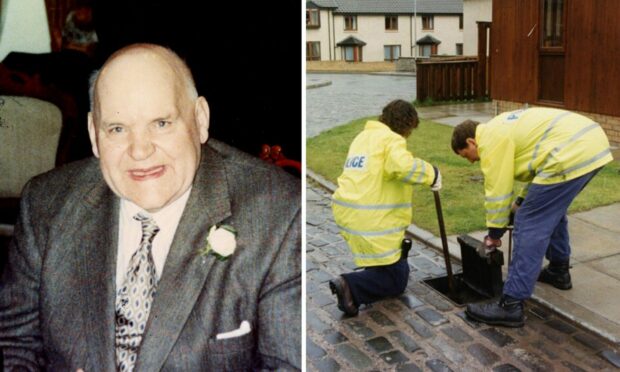
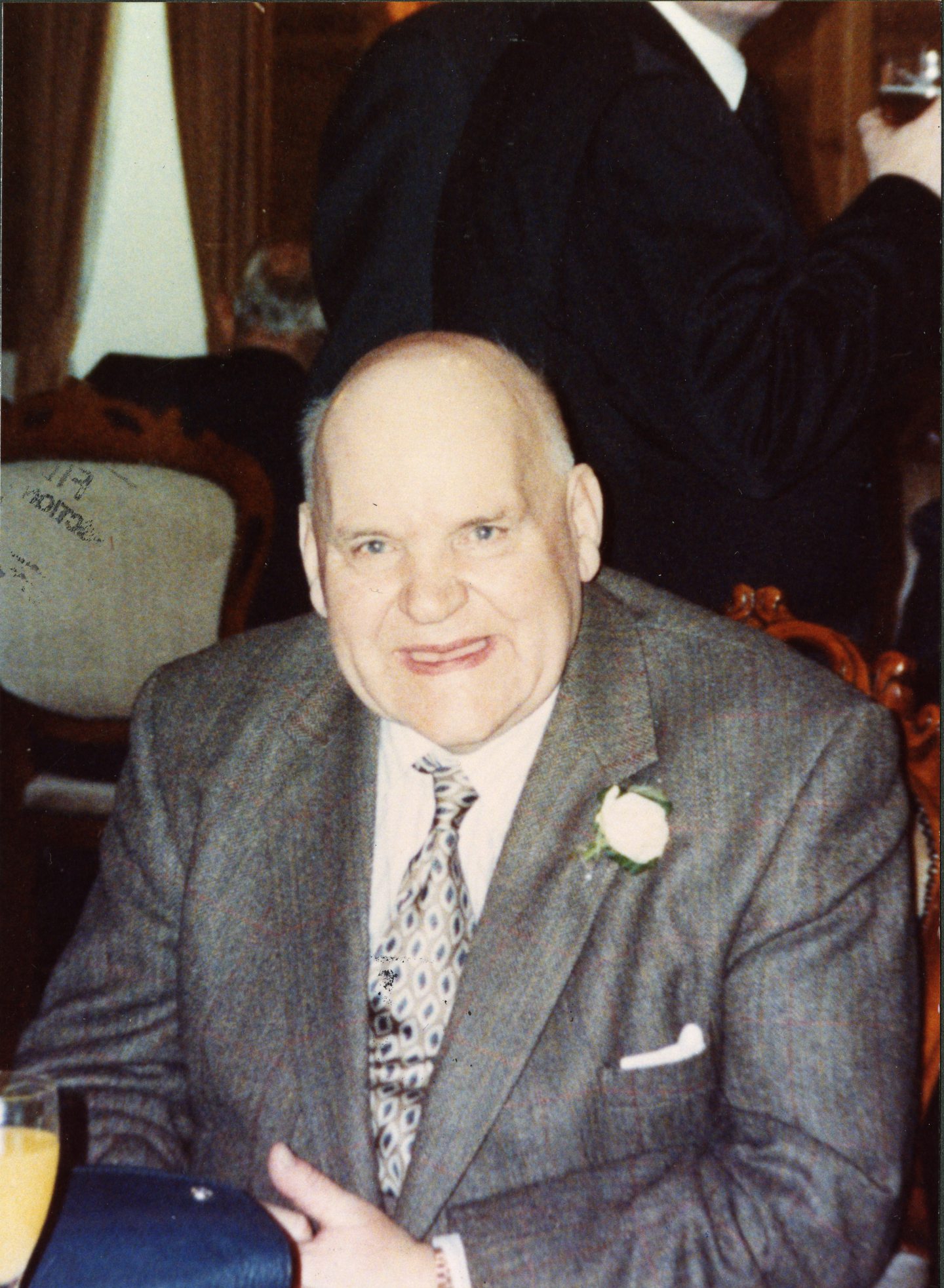
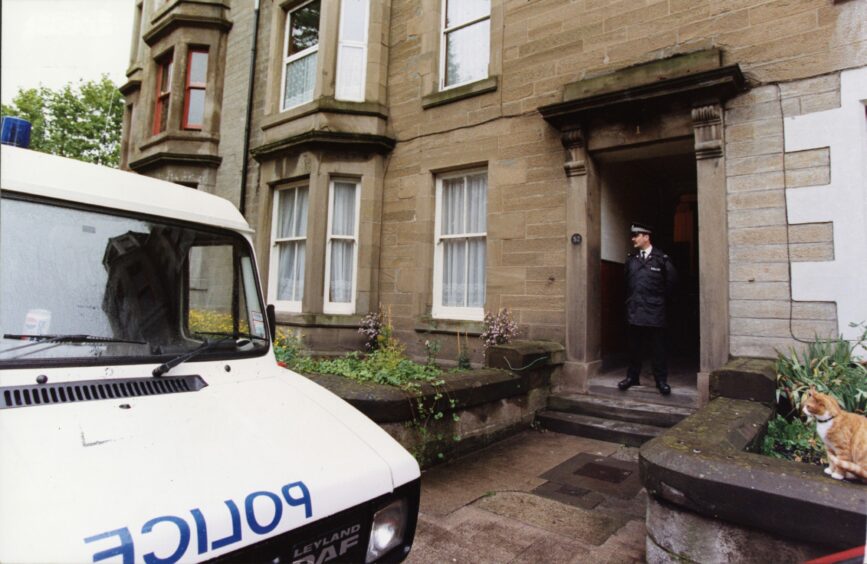
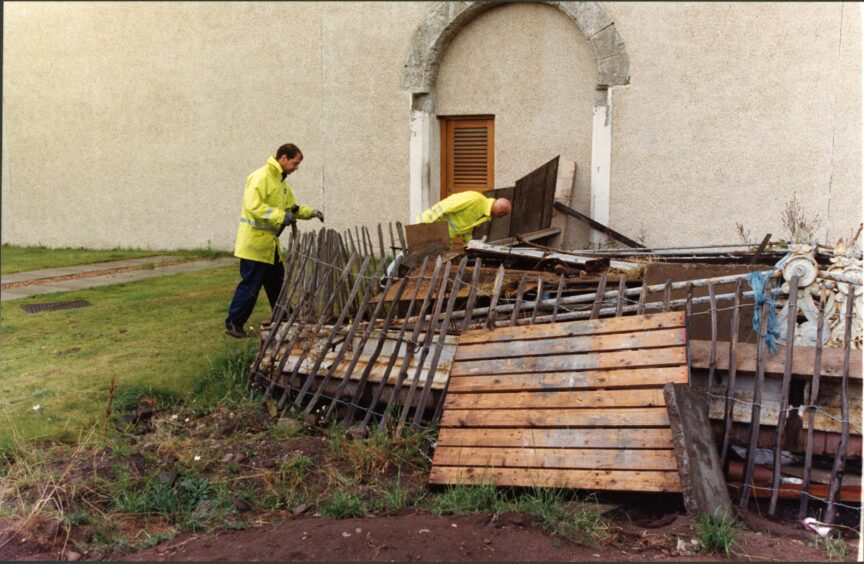
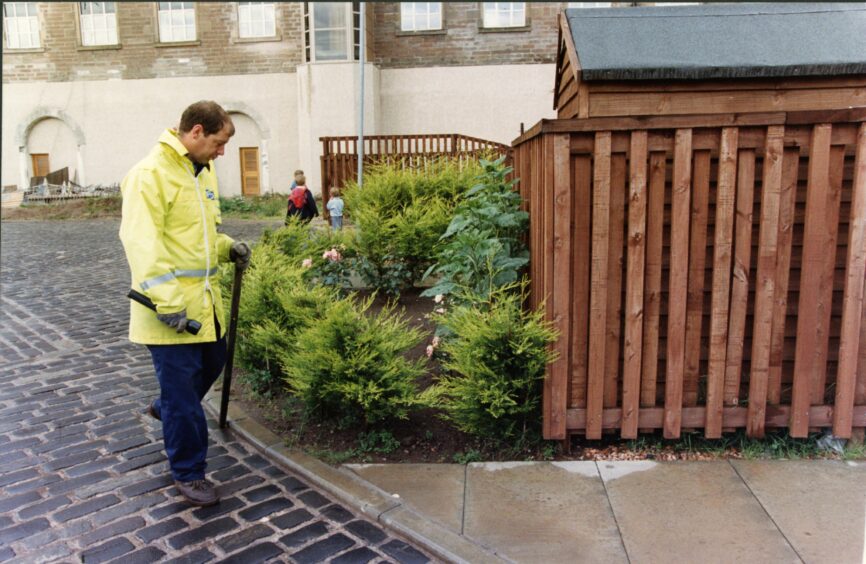












Conversation